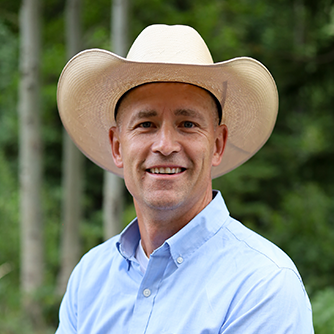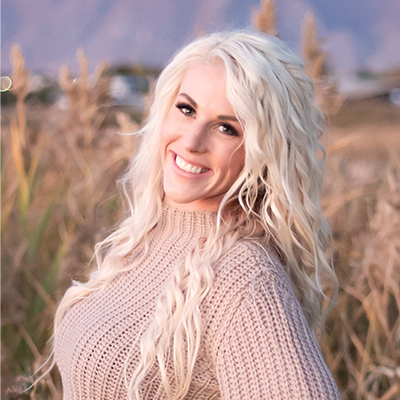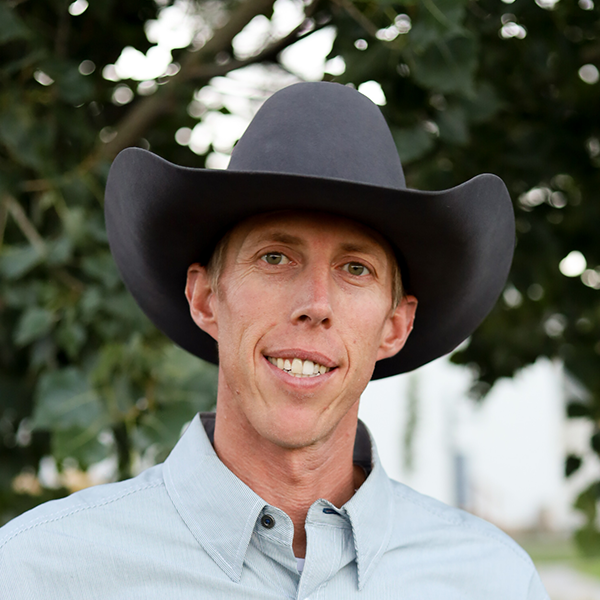Frequently Asked Questions (FAQs)
.webp)
Find Your Answers Quickly
It can. A higher APH means higher coverage, which may raise your premium slightly—but it also increases the likelihood of an indemnity when yields drop.
Yield Exclusion can be applied to policies that use a producer's APH database, such as Yield Protection and Revenue Protection. You must choose the Actual Production History Yield Exclusion Option by the sales closing date for your insurance policy.
Please note that the option is continuous, and you must request to cancel the option by the sales closing date if you wish for the coverage to end.
The Risk Management Agency (RMA) decides which years qualify for Yield Exclusion (YE). When you elect YE, all eligible crop years are automatically excluded from your APH history database unless you choose to keep a specific year in. You can opt out of excluding a year if you’d rather keep that yield in your history.
Yield Exclusion lets you exclude low-yield years—triggered by county-level disasters—from your APH calculation. You may have a higher approved yield and insurance coverage when an actual yield is excluded from an actual production history database.
If excluding a low-yield year results in an increased approved yield, a higher insurance guarantee and greater indemnity payment could occur due to the yield exclusion.
SCO is available on most major row crops. County eligibility may vary. Our experts can help confirm if it’s available for your operation.
Yes. SCO is heavily subsidized—80% of the premium is covered by the USDA. That makes it one of the most budget-friendly ways to add coverage.
SCO covers the bottom part (86% down to your base), while ECO covers the top part (86% up to 95%). Some producers choose one or the other, some choose both.
SCO can be added to Yield Protection, Revenue Protection, or Revenue Protection with the Harvest Price Exclusion policy or to the Actual Production History policy for crops that don’t have revenue protection available. You must buy it during your normal crop insurance sign-up.
SCO payments are determined only by county average revenue or yield, and are not affected by whether you receive a payment from your underlying policy. It is possible to experience an individual loss but not receive an SCO payment, or vice-versa.
SCO covers a loss on an area basis, and an indemnity is triggered when there is a county-level loss in yield or revenue. The plan provides county-level protection from 86% down to your base policy level. If the county average yields drop below 86%, SCO may trigger an indemnity payment.
Most major crops qualify, but eligibility can vary by county. Our experts can help confirm what’s available for your operation.
Yes. For the 2026 crop year, the USDA will subsidize ECO at 80%, making it more affordable than it sounds for the amount of coverage it adds.
ECO provides up to 9% more coverage on top of your base—filling the gap between 86% and 95% of expected revenue or yield.
ECO must be added to one of the following policies: Yield Protection, Revenue Protection, Revenue Protection with Harvest Price Exclusion, Actual Production History, or Yield-Based Dollar Amount of Insurance.
It’s county-based. If the average yield or revenue for your county falls below the trigger level, ECO could trigger an indemnity, even if your personal field yields didn’t.
Enhanced Coverage Option (ECO) follows the coverage of your underlying crop insurance. It follows the type of policy you already have:
- If your base policy is Yield Protection, ECO covers county-wide yield losses.
- If your base policy is Revenue Protection, ECO covers county-wide revenue losses.
ECO doesn’t look at your individual production. It triggers based on how your county performs. If the county yields or revenue falls below a certain point, you may get an indemnity.
You can choose a trigger level of 90% or 95%, and ECO provides a band of coverage between the elected trigger level and 86%. If the county yield or revenue is reduced beyond the trigger level, you may receive an ECO indemnity. If the reduction in yield or revenue exceeds the 86% threshold, you may receive an indemnity equal to the full insured liability.
Coverage runs for the duration of the producer’s tax year. If you file on a calendar year, your insurance runs Jan–Dec. If you file on a fiscal year, the coverage period follows that fiscal year instead.
Yes. Whole Farm Revenue Protection is USDA-subsidized, up to 80%, depending on your diversification level. More crop types or income streams can lead to a higher subsidy.
Yes. Claims require documentation of losses and revenue. Because this policy is tied to your Schedule F (or other IRS tax forms), keeping clean records is key. Our experts can help ensure your claims are filed correctly.
Revenue Protection and Yield Protection are crop-specific. Whole Farm Revenue Protection is operation-wide. It insures total revenue, not just yield or price on one commodity.

Please try and search again
.webp)





